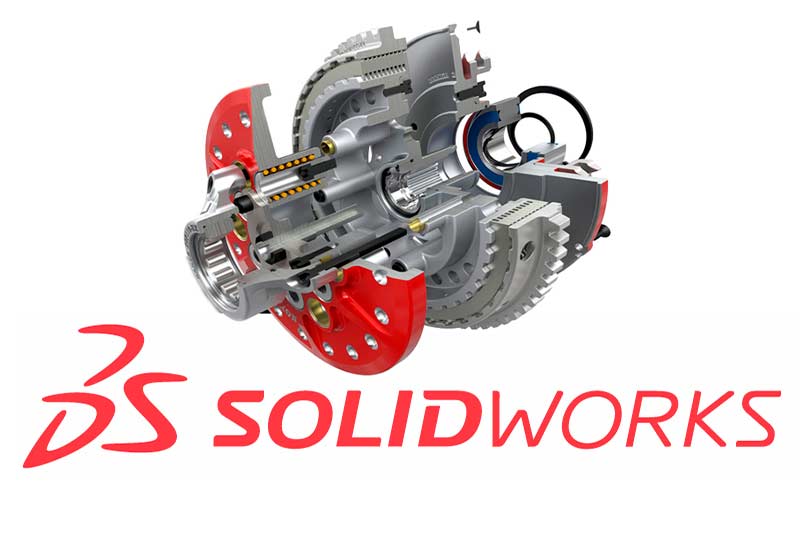


Move the animation timeline pointer to when you want the animation to end and finally, move the group to where you want it. First, select the group that you want to animate. If you’ve already grouped the parts by how you want to animate them, this step will be very easy. The most important part of an exploded view animation is, of course, exploding your product. In my animation, each propeller is effected by three separate animations: the model animation that flies the drone into the scene, a rotation animation on the individual part, and then a keyframed animation (for the exploded portion) that is applied to a group containing only the propeller. This is done by creating additional groups. If you want a part with a rotation and another movement, however, you’ll need to create a separate animation on the same part. Rotation animations are very convenient for parts such as this drone’s propellers. To group multiple parts together, select the parts/groups in the Scene Tree and select “Add to New Group” in the palette on the right. This helps to keep my animation timeline clean and also makes it easier to change the animation later. Instead of creating an animation for each part individually, I grouped them and created one animation for the whole group. This circuit board consists of many smaller parts that I wanted to keep together. Keep reading to learn how I made this detailed exploded view of a Parrot Bebop 2 drone.īefore you even open the animation timeline you should organize your scene tree by what you want to animate. With SOLIDWORKS Visualize Professional, animating exploded views is now easier than ever.

It can wow customers while also giving them an understanding of what goes into your product.
Solidworks visualize 2019 how to#
How to Create Exploded View Animations in SOLIDWORKS VisualizeĪn animated exploded view is a fantastic way to present your design.


 0 kommentar(er)
0 kommentar(er)
